Japan’s Portable Air-Defense
Despite being vulnerable to aerial attacks, modern infantry can perform a certain level of air defense by using Man-Portable Air-Defense Systems (MANPADS) which are capable of bringing down attack helicopters etc.
The prime example is the US-made Stinger missile, extensively deployed in the Russia-Ukraine conflict and has a reputation for being the most successful MANPADS in history.
Japan has also introduced Stinger missiles to boaster surface-to-air defense, but these American MANPADS are now replaced by the domestically produced “Type 91 Surface-to-Air Missile.”
※Some Stingers are still used as the air-to-air armament for the AH-64D Apache helicopters.
- General Overview
| Length | 1.43m/4.7ft |
| Diameter | 8cm/3.1in |
| Mass (Weight) | 9kg/19.8lb |
| Operator | 1 Person |
| Velocity | Mach 1.7 |
| Firing Range | 5,000m/3.1miles |
| Altitude | 3,500m/11,400ft |
| Unit Cost | 550,000 USD |
Developed by Toshiba and also known as “Hand-Arrow,” the Type 91 missile is primarily deployed within the Japan Ground Self-Defense Force (JGSDF) mainly to provide air cover for the infantry, armored units, and special forces.
It has also been introduced for base air defense in the Air Self-Defense Force (JASDF) and the Maritime Self-Defense Force (JMSDF).
Comprised of the launcher, identification friend-or-foe device (IFF), and the battery, the air defense system has a total weight of approximately 17kg/37.5lb which is slightly heavier than the Stinger missile.
One notable difference is that while the Stinger relies on infrared-red seeker, the Type 91 uses both infrared-red and an imaging seeker for guidance.
Therefore, unlike the Stinger that requires capturing heat signatures, the Type 91 can be fired from the front of the target and is effective against defensive countermeasures such as flares.
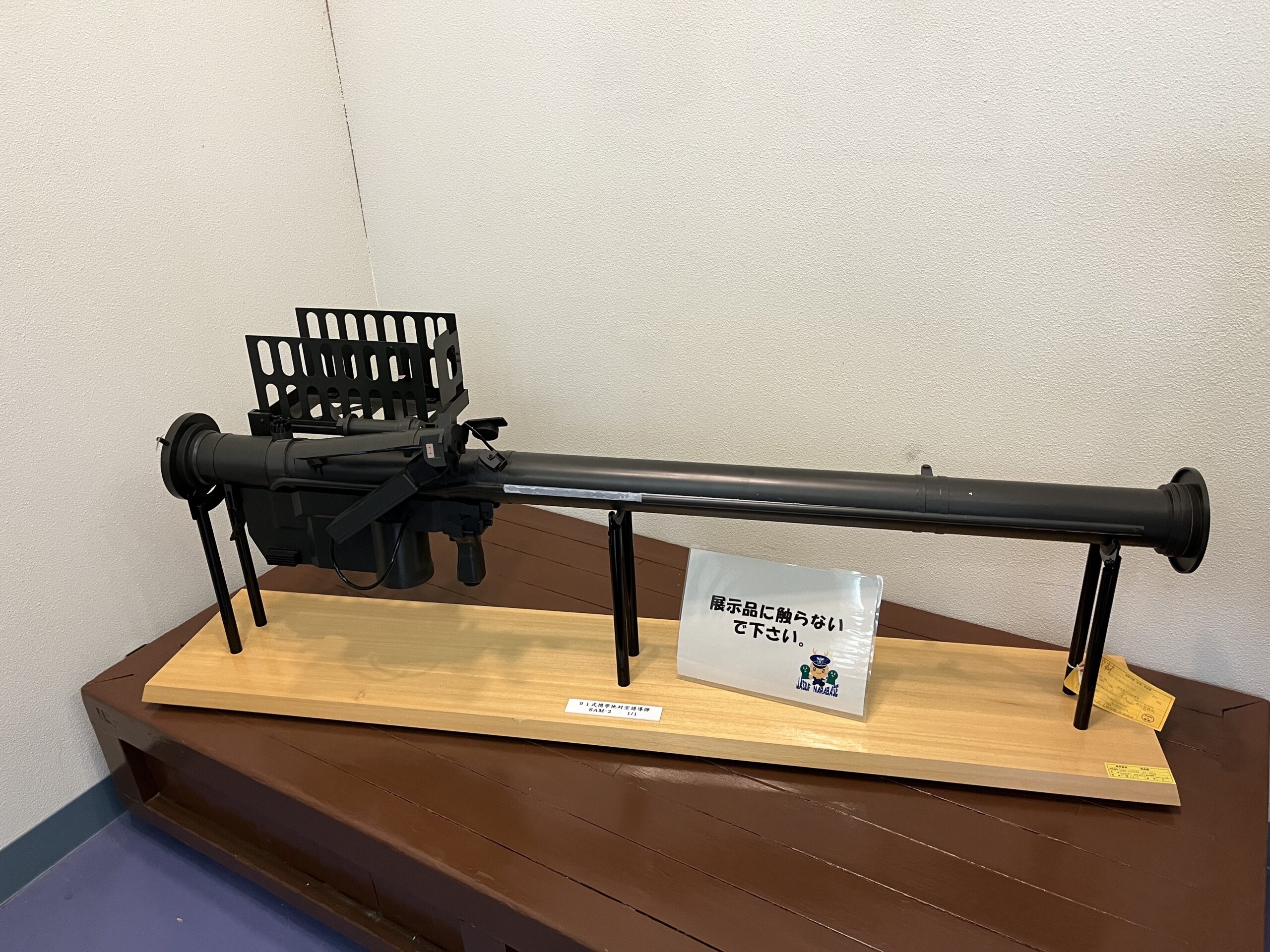 A Type 91 MANPADS on display
A Type 91 MANPADS on display
After its introduction in 1991, the Type 91 was upgraded in 2007 by improving its capability against low-altitude targets. This upgraded version known as the “Type 91 Kai” was the first MANPADS to adopt an image-infra-red seeker, thereby increasing the accuracy during night-time operations.
So, how many Type 91 missiles does Japan actually have?
It is estimated that the approximately 700 sets have been procured for JGSDF so far, with around 100 sets believed to be equipped with the new upgraded missiles.
Assuming each set comes with 2〜4 missiles, we can the speculate that nearly 3,000 missiles have been deployed throughout the entire Self-Defense Force.
Stinger vs Hand-Arrow
As we have seen, the Type 91 is basically a Japanese version of the Stinger missile, but when comparing the two MANPADS, several factors come into play.
In terms of specifications, the Japanese Hand-Arrow, especially the upgraded version, demonstrates superior resistance to infrared interference making it easier to fire in the dark.
But, like many other Japanese weapons, lack of combat experience leaves its actual performance uncertain.
On the other hand, the US-made Stinger has secured its reputation through plenty of combat experience. Such proven effectiveness and lower production cost certainly gives an advantage over the Type 91 missile.
Although the Type 91 is a formidable asset posing a threat towards any airborne target, when we take the reality of war into account, the Stinger seems to emerge as the more favored choice from both a reliability and cost standpoint.

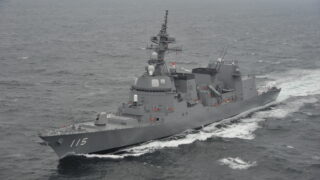
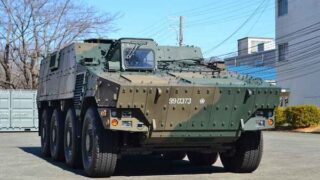
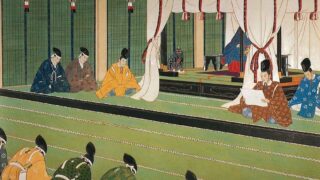
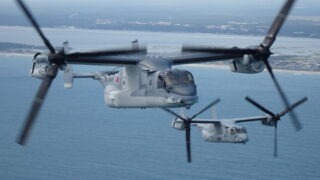
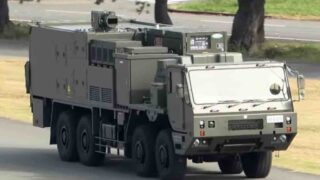
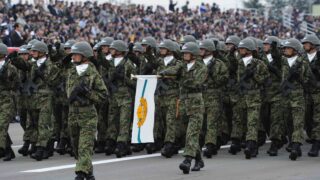

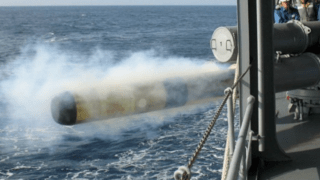
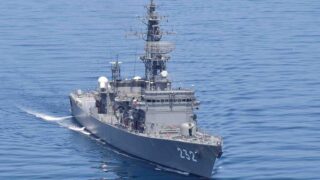
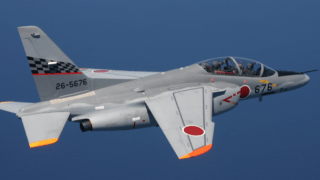
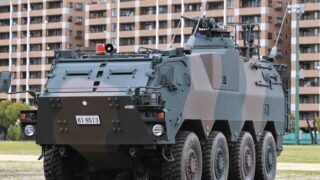
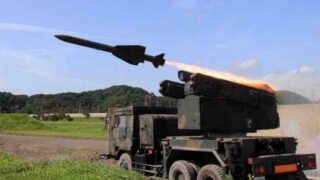
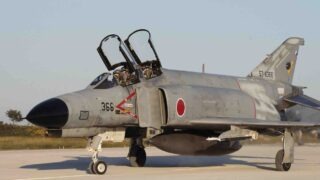
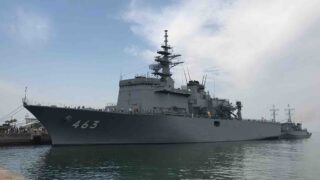
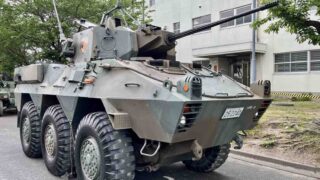
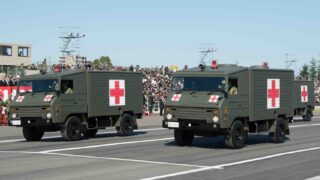

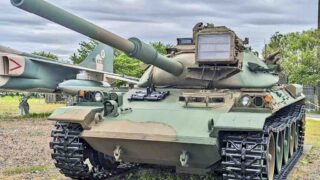
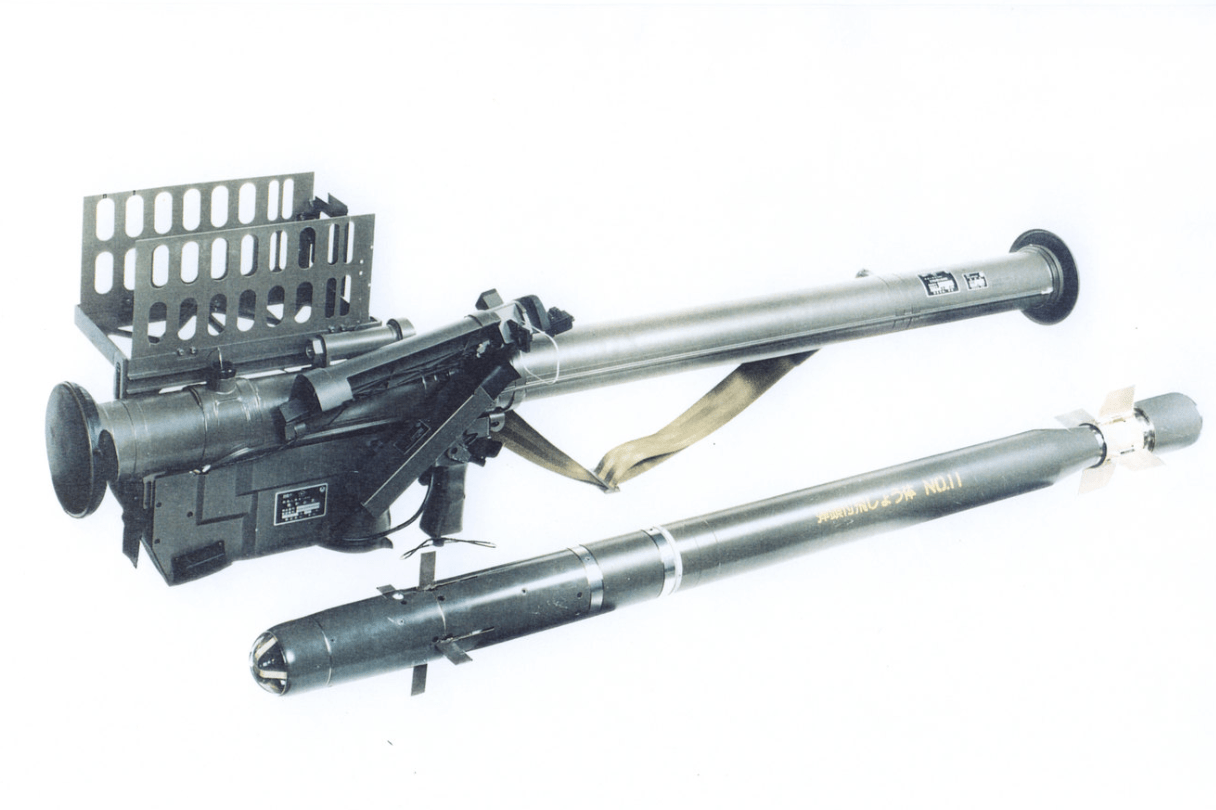
Comments